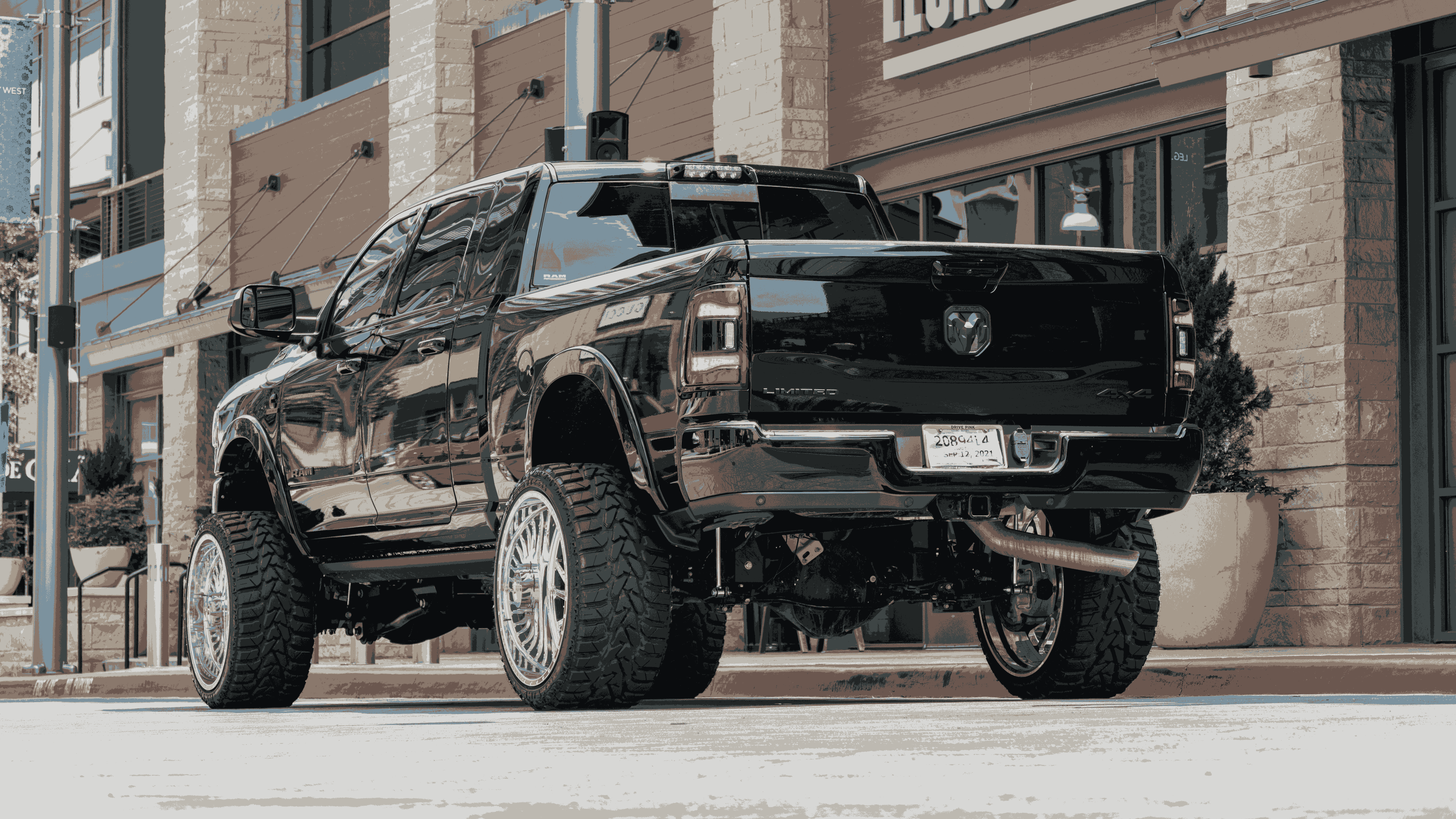
Tire technology has considerably improved over the years delivering superb grip, comfort, reduction in noise, and improved durability for various driving conditions. However, not all tires are made the same, we need to understand the variations between summer, winter and all season tires and this is why we have different types of tires for diverse weather.
For instance, the most prominent of them include all-season car tires, summer tires, and winter tires. Each of these tires are designed specifically to tackle and manage dissimilar driving circumstances and are attuned to deliver the best performance for unalike climatic situations.
Let’s take a sneak peek at each one of them and examine their potential pros and cons which makes these tires vary from each other. These variations between these tires also account for versatile driving styles for different vehicles and here is why:
Perhaps one of the most noticeable dissimilarities between all-season tires, summer tires, and winter tires is their material makeup and the various constituents that are used to create them. Each tire varies from the other and this is because they are intended for use in different driving environments.
Read also: Performance winter tires vs all season
Here is a quick breakdown of the rubber used to make the best all-season tires, summer tires, and winter tires:
All-season tires are made from an intermediate rubber compound. This provides them with the optimum levels of performance and traction in all conditions, except during extreme weather conditions, and temperatures below 45 °F where you might have to switch to dedicated winter or summer tires. The common materials used to make ordinary tires include fiberglass, natural rubber, nylon, petroleum, polyester, silica (derived from sand), steel, and synthetic rubber.
In All-season tires these components are balanced out and mixed in such proportions so that they can deliver superb driving comfort, grip, and durability for areas that have mild weather conditions. The rubber compound is therefore particularly engineered to provide safe and suitable driving support on wet surfaces as well as a range of hot and cold temperatures.
Summer tires are made from softer rubber compound which is typically fitted with large tread blocks to provide maximum contact with the road in warmer weather. The softer rubber compound makes them ideal for use in those geological areas where the climate can typically reach over 100 °F. However, this compound will immediately begin to harden and lose its traction in colder regions as these tires work best at temperatures above 45 °F. The rubber compound used to make summer tires is also comprised of less pure rubber than winter tires. This gives them the right balance of softness and hardness in warm weather.
The rubber compound used to make winter tires is perhaps the most unique out of the three. This is due to the fact that winter tires are made with a special pliable rubber component that enables them to stay soft in temperatures below 45 °F. Under these weather conditions, both all-season tires and summer tires fail because they become rigid in cold temperatures, thus making it extremely hard for them to either help the vehicle to accelerate or come to a stop. Furthermore, the soft rubber treads of a winter tire can splay and wrap themselves around minute protrusions on cold pavement, or even on what may appear to be perfectly smooth ice.
When we talk about the best all-weather tires or for that matter, summer or winter tires it is quite easy to differentiate between them by simply looking at them. This is since each one of them has visible design elements as well as some technical features that can be detected by the naked eye. Here are some protruding features that make them dissimilar from each other:
The best all-season car tires usually have many grooves and sipes in the tread of the tire that helps them to deal with a variety of conditions such as hot pavements, rain, and snow. They might sacrifice some traction in order to provide a much smoother and quieter ride along with longer tread life.
These tires are designed to deliver the best stopping power. With summer tires you can quickly prioritize traction allowing you to cut through corners faster, but this might come at the cost of forsaking ride comfort and increase in noise. Moreover, they are also engineered to put more rubber on the road so therefore they have lowered profiles including less height for sidewalls. Most of them come with speed ratings of up to 186 mph.
The name of these tires themselves implies that they are made to counter snowy and icy driving surfaces. They have by far the deepest tread and in fact, more grooves when compared to all-season tires or summer tires. This allows them to manage snow and slush better. Plus, with more sipes on the edges, these tires can drastically improve their traction on ice.
By now you might have come to the agreement that choosing the wrong set of tires can adversely impact your overall driving comfort, grip (traction on the road), and even mileage (fuel economy). Hence it is paramount that you consider the weather conditions of your area before selecting the right set of tires for your daily drive. Here is the best use case for each type of tire discussed above:
Lastly, I would like to conclude that you should consider learning and reading the sidewall information that is presented on most premium tire qualities. This includes a lot of information to help you pick the right tire for your vehicle. You can figure out the speed ratings, load index, wheel’s diameter, internal construction type of the tire, width of the tire in millimeters, and the type of vehicle the tire is intended for. To sum it up, each tire has its own set of features and qualities, but it is only you who can decide which tire type suits your vehicle and terrain best.